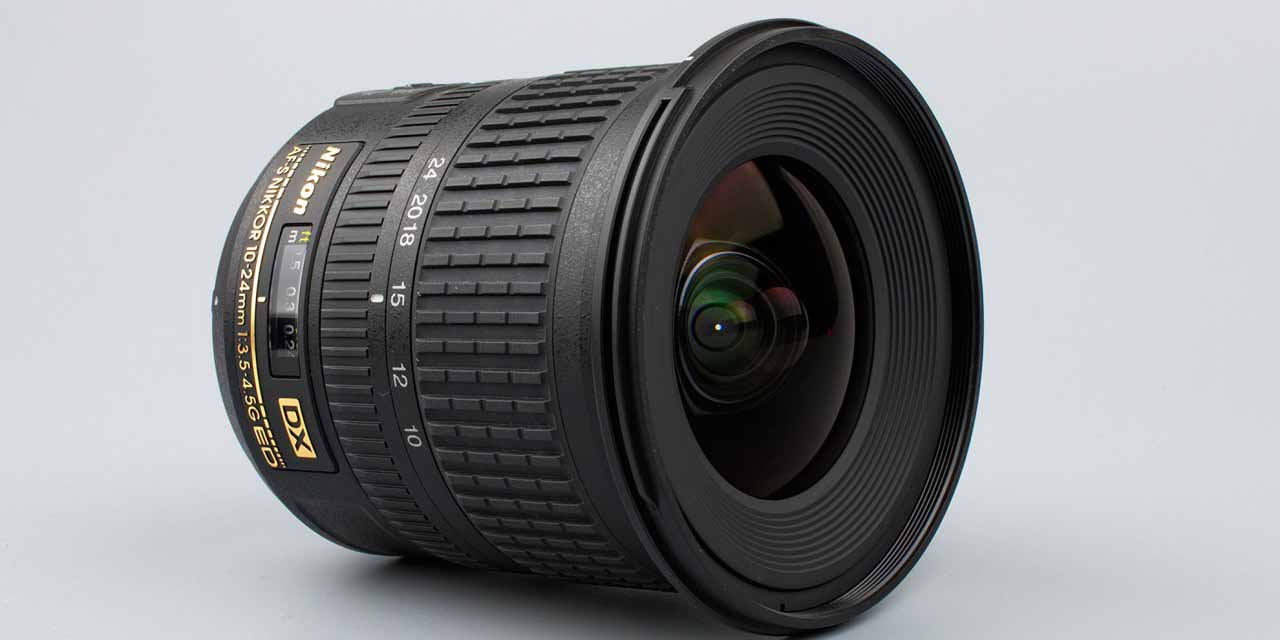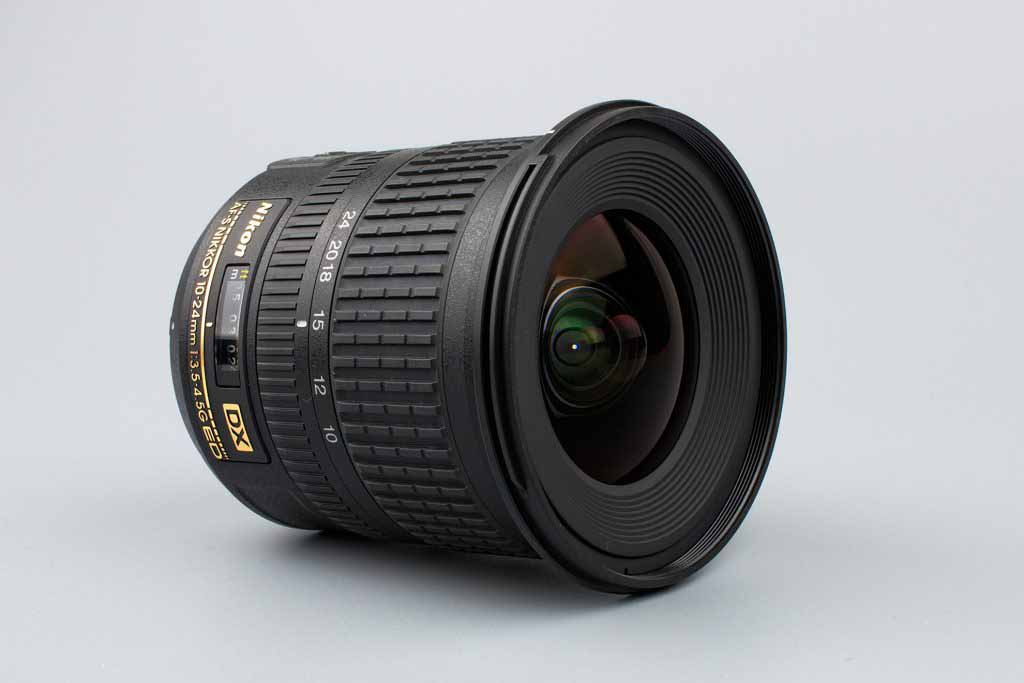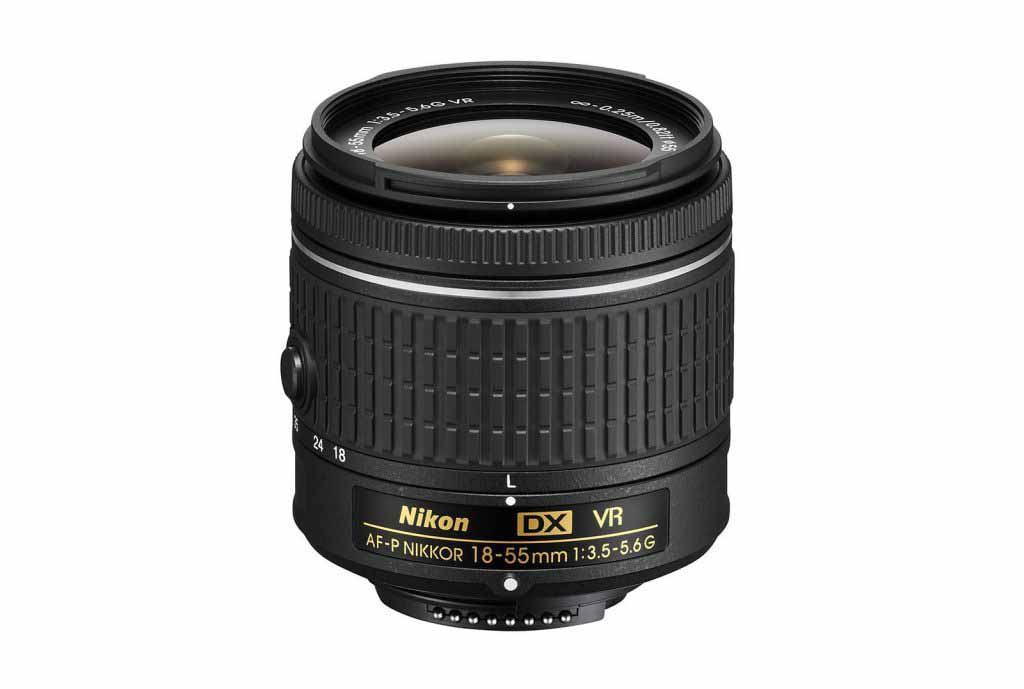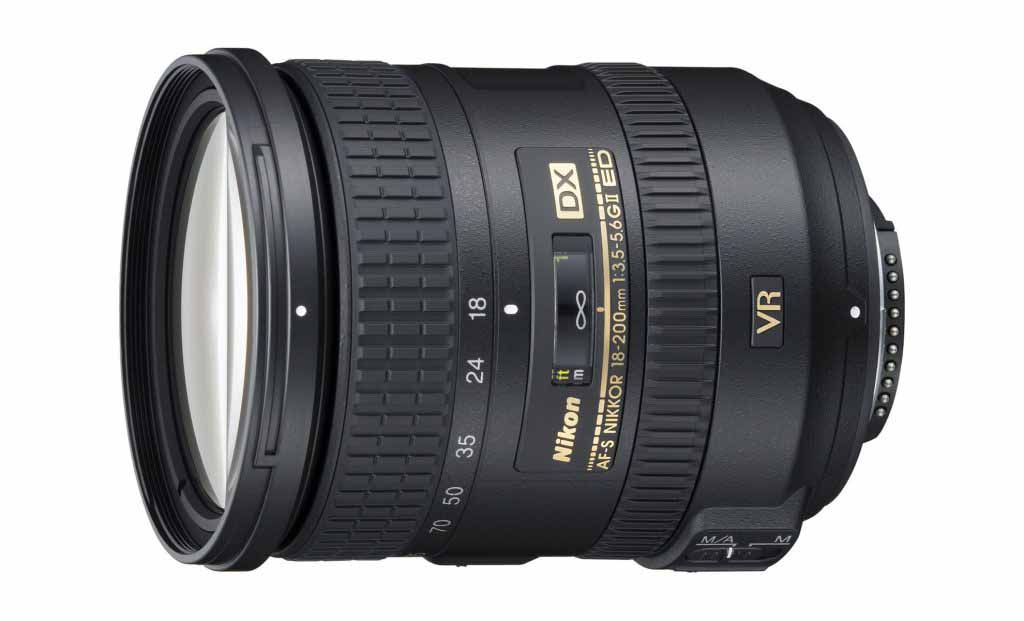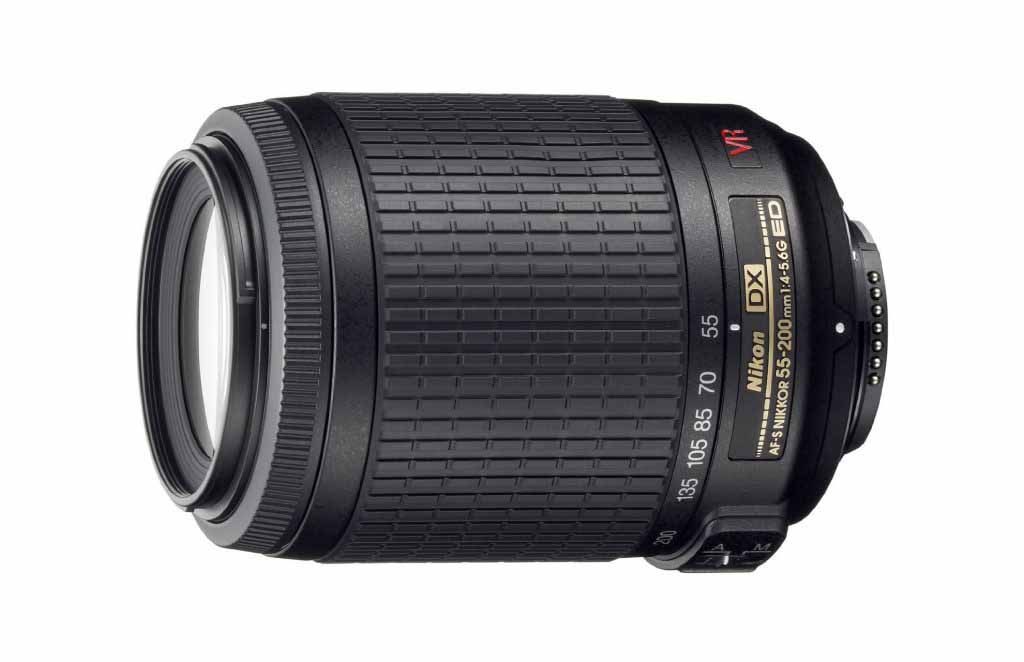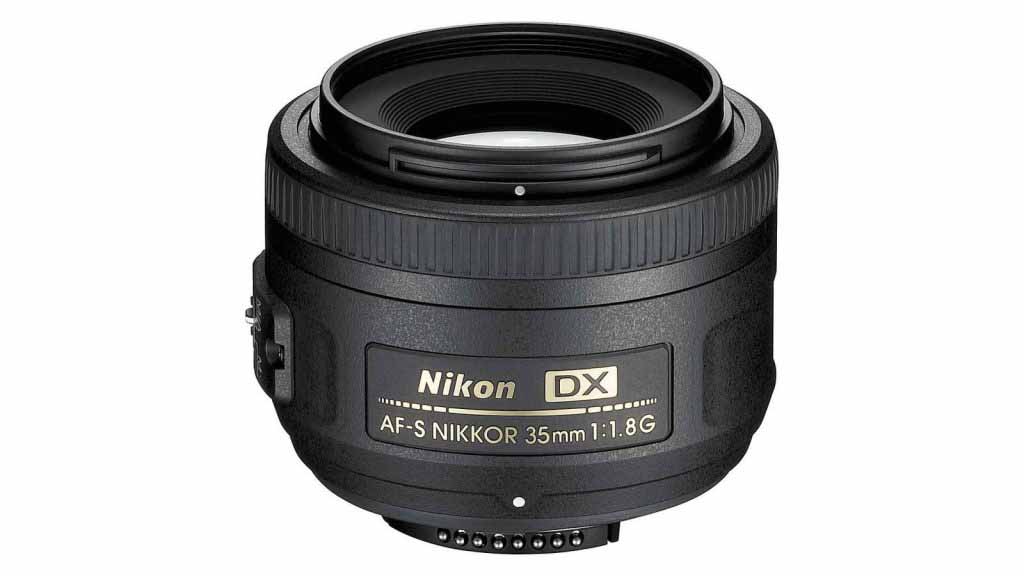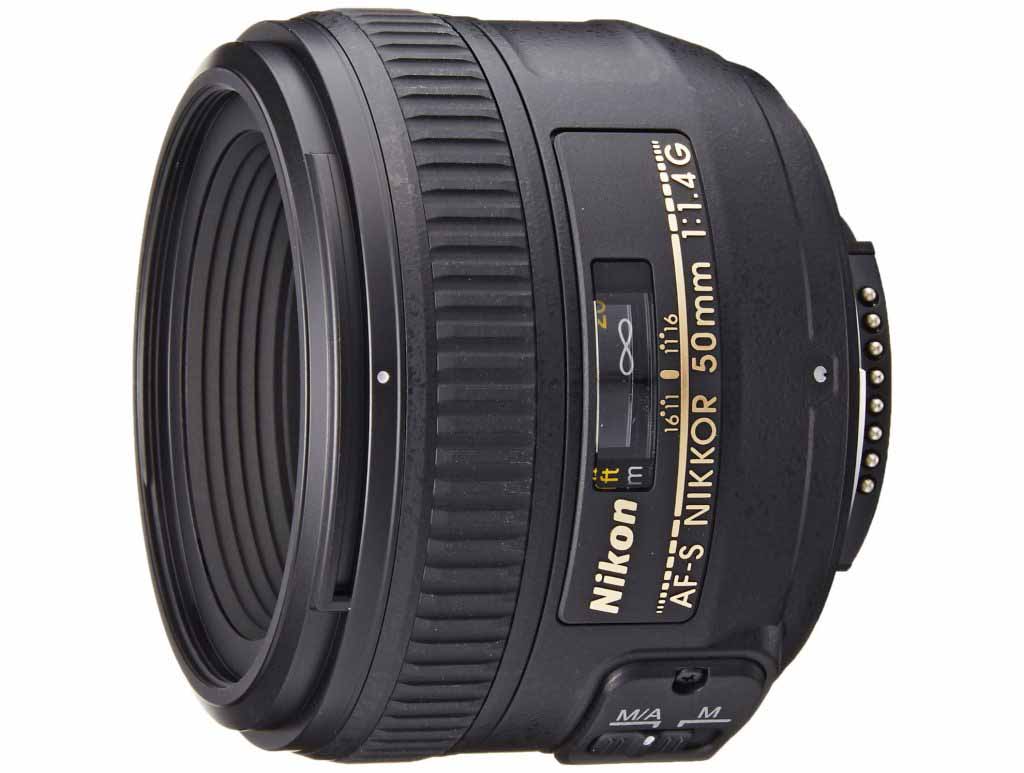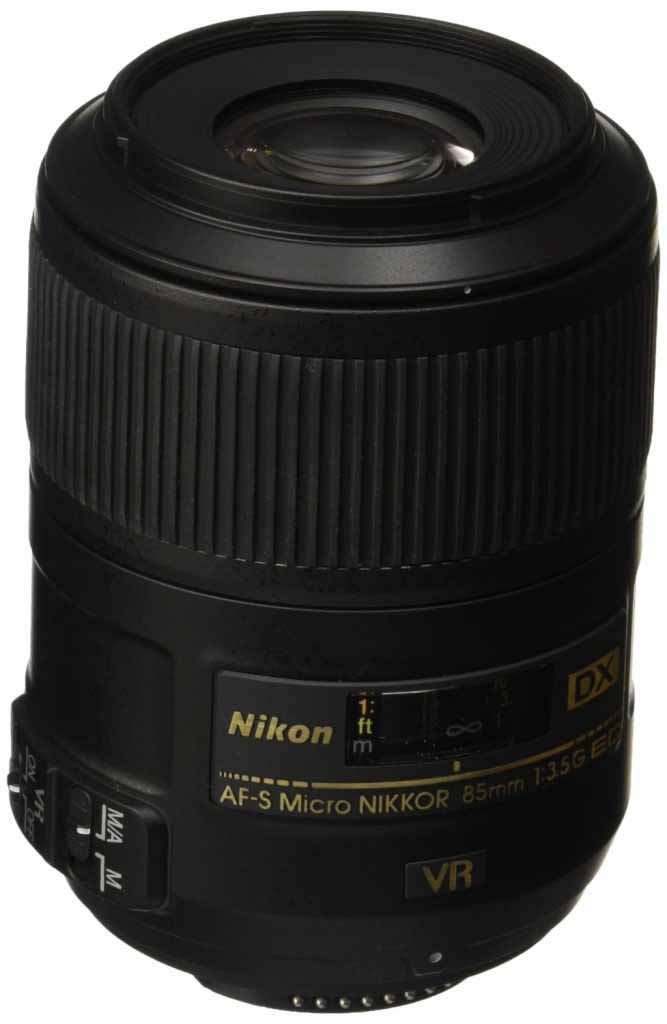In this guide to the best Nikon DX lenses we show you some of the best buys for building a collection of Nikon-fit lenses to suit just about any occasion, for use with your DX format SLR.
From the eminently beginner-friendly D3300 to the consummately professional D500, there’s a DX format Nikon SLR to suit every budget and skill level. However, none of them are any use without a lens and, to make the most of these cameras’ inherent versatility, you’ll need a collection of different lenses.
Naturally, if you go for the finest, pro-grade optics, you’ll need to spend a small fortune. Thankfully, Nikon manufacturers a range of high-performance yet reasonably priced lenses, so you can stretch your shooting opportunities without stretching your budget.
After extensive testing, we’ve rounded up seven Nikon-fit lenses that we feel offer the best combination of impressive image quality, refined handling and great value for money. Most are Nikon DX lenses, which produce a relatively small image circle to suit the APS-C format sensors of DX bodies, but this isn’t always the case.
Sometimes a full-frame compatible lens might be a better option. Read on to find out the best value choices for lenses that can make the most of all sorts of different photo opportunities.
Best Nikon DX lenses: 01 Nikon AF-S DX 10-24mm f/3.5-4.5G, £670
Type
Wide-angle zoom
Take in the bigger picture with Nikon’s best DX format wide-angle zoom
Effective focal length: 15-36mm
Aperture range: f/3.5-4.5 to f/22-29
Autofocus motor: Ring-type ultrasonic
Minimum focus distance: 0.24m
Maximum magnification factor: 0.2x
Image stabilizer: No
Weather seals: Sealed mount
Filter thread: 77mm
Dimensions: 83x87mm | Weight: 460g
Based on APS-C format image sensors, the 1.5x crop factor of the DX system literally crops into your wide-angle viewing potential. An 18-55mm standard zoom has an ‘effective’ shortest focal length of 27mm (in full-frame terms) which doesn’t give an overly generous viewing width for shooting anything from architectural interiors to the grand vistas of rolling landscapes.
Nikon’s most recently launched DX wide-angle zoom, this lens has a bigger zoom range than most third-party alternatives. Some say you only tend to use this kind of lens at or near its shortest focal length, but minimal distortions in the 15-24mm sector of the zoom range make it useful for architectural and other types of photography where you want to avoid barrel and pincushion effects.
It’s impressively sharp across the whole image frame, especially if you narrow the aperture to around f/8. Handling is refined and the ring-type ultrasonic autofocus system is quick and quiet, while enabling the usual full-time manual override.
Best For
Interiors, landscapes, architecture and it’s also great for creating exaggerated perspective effects.
Also consider
Sigma 8-16mm f/4.5-5.6 DC HSM, £500
Pro
The phenomenal maximum viewing angle is wider than from any other DX (APS-C) format lens, unless you buy a fisheye optic.
Con
The built-in hood precludes the use of filters, although it’s possible to fit 72mm filters via the two-part lens cap when shooting at the longest zoom setting.
Sigma 10-20mm f/3.5 EX DC HSM, £330
Pro
Good build and image quality, ‘faster’ constant f/3.5 aperture, and it’s only about half the price of the Nikon lens.
Con
Maximum viewing angle isn’t any greater than from the Nikon lens, and it lacks the Nikon’s weather-sealed mounting plate.
Best Nikon DX lenses: 02 Nikon AF-S DX 18-55mm f/3.5-5.6G VR II, £160
Type
Standard zoom
An everyday lens that’s amazingly compact for carrying around and stowing away
Effective focal length: 27-82.5mm
Aperture range: f/3.5-5.6 to f/22-36
Autofocus motor: Ultrasonic motor
Minimum focus distance: 0.28m
Maximum magnification factor: 0.31x
Image stabilizer: Yes
Weather seals: No
Filter thread: 52mm
Dimensions: 66x60mm | Weight: 195g
This lens has now been superseded, to some extent, by a new ‘AF-P’ edition with a stepping motor-based autofocus system. However, this AF-S version is still in production, and is fully compatible with a much wider range of DX format cameras, making it a better buy for many Nikon photographers.
It’s unfeasibly small and lightweight, thanks to a retracting design that enables the lens to shrink to a length of just 60mm when not in use.
Autofocus is based on an ultrasonic motor, rather than being a ring-type ultrasonic system. This helps to keep the lens compact but a downside is that the focus ring rotates during autofocus. At least the ring is at the front of the lens, and it’s very small, so handling isn’t really impaired.
Sharpness and contrast are very good, and colour fringing is very well controlled. All in all, it’s a super little lens that’s great value at the price, and a well-balanced match for lightweight bodies like the D3300 and D5500.
Best for
General walkabout shooting, where you need the versatility of a lens that stretches from moderate wide-angle to short telephoto.
Also consider
Nikon AF-S DX 16-80mm f/2.8-4G ED DX, £770
Pro
The zoom range goes shorter and longer than the 18-55mm, and it’s a top-flight lens with build quality and specifications to match.
Con
It’s 2.5 times heavier than the 18-55mm lens, and almost five times as expensive.
Sigma 17-70mm F2.8-4 DC Macro OS HSM | C, £320
Pro
From Sigma’s ‘Contemporary’ line of lenses, it’s fairly small and light but boasts good image quality and fairly wide apertures of f/2.8-4 through the zoom range.
Con
Zoom range is only slightly bigger than Nikon’s 18-55mm, and there’s little difference in image quality. Like in the Nikon, the focus ring rotates during autofocus.
Best Nikon DX lenses: Nikon 18-200mm f/3.5-5.6 G AF-S DX ED VR II, £550
Type
Superzoom
A genuinely multi-purpose lens that makes an ideal travelling companion
Effective focal length: 27-300mm
Aperture range: f/3.5-5.6 to f/22-36
Autofocus motor: Ring-type ultrasonic
Minimum focus distance: 0.5m
Maximum magnification factor: 0.22x
Image stabilizer: Yes
Weather seals: Sealed mount
Filter thread: 72mm
Dimensions: 77x97mm | Weight: 565g
Nikon manufactures two DX format 18-300mm lenses. The f/3.5-6.3G lens feels a bit second-rate and has uninspiring sharpness at mid to long zoom settings. The older f/3.5-5.6G is very expensive and frankly enormous for use as a ‘travel lens’.
Our favourite is this 18-200mm option which, while having less outright zoom range, is sensibly sized, has good handling characteristics and build quality, and delivers better all-round image quality than both of the 18-300mm lenses. It does particularly well to maintain sharpness through its entire zoom range.
Smart features include dual-mode VR (Vibration Reduction) with normal and active options, the latter being ideal for shooting from an idling vehicle or other vibrating platform. Ring-type ultrasonic autofocus is quick and very quiet.
The lens weighs in at 565g, which is actually 70g more than the combined weight of the 18-55mm and 55-200mm lenses featured in this collection, but at least the superzoom makes all focal lengths available with a twist of the zoom ring, rather than having to keep swapping lenses.
Best for
Travel and event photography, general sightseeing and other occasions when you don’t want to keep swapping lenses on your camera body.
Also consider
Sigma 18-300mm f/3.5-6.3 DC MACRO OS HSM | C, £340
Pro
Longer telephoto reach, equating to an ‘effective’ 450mm rather than 300mm on DX bodies. Good image quality and it’s reasonably priced.
Con
The focus ring rotates during autofocus, sharpness drops off a little at the long end of the zoom range.
Tamron 16-300mm F/3.5-6.3 Di II VC PZD, £400
Pro
The only Nikon-fit superzoom lens to give a wider-angle 16mm rather than 18mm minimum focal length, and it also has the biggest outright zoom range.
Con
Not as sharp as the Nikon lens and it’s also a little softer than the Sigma, but it’s still good overall and reasonably priced.
Best Nikon DX lenses: 04 Nikon AF-S DX 55-200mm f/4-5.6G ED VR II, £255
Type
Telephoto zoom
An amazingly small and lightweight telephoto zoom that you can pop in your pocket
Effective focal length: 82.5-300mm
Aperture range: f/4-5.6 to f/22-32
Autofocus motor: Ultrasonic motor
Minimum focus distance: 1.1m
Maximum magnification factor: 0.23x
Image stabilizer: Yes
Weather seals: Sealed mount
Filter thread: 52mm
Dimensions: 71x83mm | Weight: 300g
Conventional thinking is that you’re best off with a superzoom lens for travel and walkabout photography, in a ‘one lens fits all’ kind of way. The downside is that you’ll be walking around with a relatively heavy camera and lens combination hanging from your neck.
Here’s another idea. Like the diminutive 195g 18-55mm lens also featured in our collection, this lightweight 300g telephoto zoom has a retractable design, shrinking to just 83mm in length for stowage. You can literally keep it in a spare pocket and just grab it when you need extra telephoto reach.
The telephoto reach itself isn’t as great as from Nikon’s 55-300mm lens. Both of these lenses are designed for DX format cameras but we prefer the 55-200mm for its quicker autofocus performance, sharper image quality and more highly effective VR. The 55-300mm also lacks a retractable design, and remains about 50 per cent longer for packing away.
Best for
Action sports and wildlife are key genres for this type of lens, but it’s good for any time you need telephoto reach.
Also consider
Nikon AF-S 70-300mm f/4.5-5.6G VR IF-ED, £450
Pro
A high-performance lens with faster ring-type ultrasonic autofocus, enhanced handling and better image quality. Unlike the 55-200mm lens, it’s full-frame compatible.
Con
Physically, it’s nearly twice as long and almost 2.5 times as heavy as the 55-200mm, and it’s nearly twice the price as well.
Tamron SP 70-300mm f/4-5.6 Di VC USD, £240
Pro
Fast ring-type ultrasonic autofocus system, good build and image quality, full-frame compatible, weather-resistant construction, great value for money.
Con
Tamron’s proprietary optical stabilization system isn’t particularly effective when panning.
Best Nikon DX lenses: 05 Nikon AF-S DX 35mm f/1.8G, £150
Type
Standard prime
One of life’s standards, this is the DX format equivalent to the time-honoured 50mm prime
Effective focal length: 52.5mm
Aperture range: f/1.8 to f/22
Autofocus motor: Ring-type ultrasonic
Minimum focus distance: 0.3m
Maximum magnification factor: 0.16x
Image stabilizer: No
Weather seals: Sealed mount
Filter thread: 52mm
Dimensions: 70x53mm | Weight: 200g
Beloved by full-frame SLR shooters, the 50mm prime lens gives a wonderfully natural perspective. To replicate the effect on a DX format body with its 1.5x crop factor, this specially designed 35mm gives an ‘effective’ focal length of 52.5mm, which is an almost exact match.
Well built, the lens features a ring-type ultrasonic autofocus system and has a rubber sealing ring on its metal mounting plate. Even so, it’s remarkably compact and lightweight, at just 200g, but lacks a focus distance scale.
With a fairly advanced design, the lens features an aspherical element and fully internal focusing. This helps to keep autofocus speed fairly fast and very quiet, as well as ensuring that the filter attachment thread doesn’t rotate during focusing.
This Nikon DX lens delivers superb sharpness and contrast throughout its aperture range, and across the whole image frame. It really is a little gem, and it’s amazing value for money at the price.
Best for
Anything and everything where you want to maximize sharpness and clarity, with a natural viewing perspective and minimal distortion.
Also consider
Sigma 30mm f/1.4 DC HSM | A, £300
Pro
Designed exclusively for APS-C format cameras, this Sigma has superb build and image qualities, plus a faster f/1.4 widest aperture than the Nikon.
Con
It’s more than twice as heavy as the Nikon lens, and costs twice as much to buy.
Tamron SP 35mm f/1.8 Di VC USD, £500
Pro
It matches the Nikon’s widest available aperture of f/1.8 but adds optical stabilization and a full set of weather-seals.
Con
Being a full-frame compatible lens, it’s larger and heavier. It’s also much more expensive to buy.
Best Nikon DX lens: 06 Nikon AF-S 50mm f/1.4G, £350
Type
Portrait prime
It’s the smart choice for portraiture on a DX format body
Effective focal length: 75mm
Aperture range: f/1.4 to f/16
Autofocus motor: Ring-type ultrasonic
Minimum focus distance: 0.45m
Maximum magnification factor: 0.15x
Image stabilizer: No
Weather seals: Sealed mount
Maximum magnification factor: 0.15x
Dimensions: 74x54mm | Weight: 280g
With an ‘effective’ focal length of 75mm on a DX body, 50mm prime lenses are perfect for portraiture on this type of camera. Nikon makes an AF-S 50mm f/1.8G lens, which is about half the price of this one, but the f/1.4G is the one to go for if you can afford the extra.
Its wider available aperture enables you to blur the background more effectively, making the person you’re photographing really stand out in the image.
When stopping down a little, the nine-blade diaphragm gives a better-rounded aperture than the seven-blade diaphragm of the f/1.8G lens, helping to maintain a smoother bokeh (the quality of defocused areas in an image).
Even when shooting wide-open at f/1.4, this lens is impressively sharp with plenty of contrast. Unlike some alternatives, it’s reasonably compact and lightweight, despite being an FX format lens.
A plus point of this is that the lens will remain fully compatible if you upgrade to a full-frame camera body in the future.
Best for
Portraits and still life photography, and any other time you need short telephoto reach with a tight depth of field.
Also consider
Sigma 50mm f/1.4 DG HSM | A, £580
Pro
Stunning image quality and pro-grade build quality. Like the Nikon lens, it’s also full-frame compatible.
Con
Expensive to buy and it’s uncommonly big and heavy for a 50mm f/1.4 lens, at 85x100mm and 815g.
Tamron SP 45mm f/1.8 Di VC USD, £500
Pro
Unlike the Nikon and Sigma 50mm lenses, this one adds optical image stabilization and full weather-seals.
Con
Slightly shorter effective focal length of 67.5mm, and the widest aperture of f/1.8 is a little narrower.
Best Nikon DX lenses: 07 Nikon AF-S DX 85mm f/3.5G ED VR Micro, £390
Type
Macro
Ready for your close-up? This Nikon DX lens gives extraordinary views of life’s tiny details
Effective focal length: 127.5mm
Aperture range: f/2.8 to f/22
Autofocus motor: Ring-type ultrasonic
Minimum focus distance: 0.29m
Maximum magnification factor: 1.0x
Image stabilizer: Yes
Weather seals: Sealed mount
Filter thread: 52mm
Dimensions: 73x99mm | Weight: 355g
There are actually two‘Micro’ Nikon DX lenses in the company’s range, which are able to deliver full 1.0x or 1:1 magnification at their closest focus distances. This means that small objects are reproduced at full life size on the image sensor, enabling massive enlargements of insects, spiders and other small things when viewing the resulting images on screen or in print.
We much prefer this 85mm lens to Nikon’s 40mm Micro (or macro as most people call them), because the latter’s closest focus distance is a mere 16cm.
This is measured from the focal plane at the back of the camera body so, for full 1.0x macro shots, it puts the front of the lens uncomfortably close to what you’re shooting. The 85mm lens’s closest focus distance of 29cm gives much more breathing space.
It has to be said that VR isn’t really worthwhile when shooting extreme close-ups, where you generally need to use a tripod. However, it’s handy when using the lens as a medium telephoto optic for general shooting.
Best for
Shooting the smaller things in life, like bugs and other tiny creatures, and capturing fine detail and texture in extreme close-ups.
Also consider
Sigma 105mm f/2.8 Macro EX DG OS HSM, £330
Pro
An excellent and super-sharp, full-frame compatible lens, it has very refined handling and comes complete with optical stabilization.
Con
The flip side of being a full-frame compatible lens with a longer focal length is that it’s about an inch longer twice as heavy as the Nikon 85mm.
Tamron SP 90mm f/2.8 Di Macro VC USD, £580
Pro
The latest edition of this full-frame lens features a new ‘hybrid’ image stabilizer that corrects for axial shift as well as vibration, more useful for close-up shooting.
Con
Relatively expensive to buy, it costs nearly as much as Nikon’s top-flight 105mm VR micro lens for full-frame cameras.
